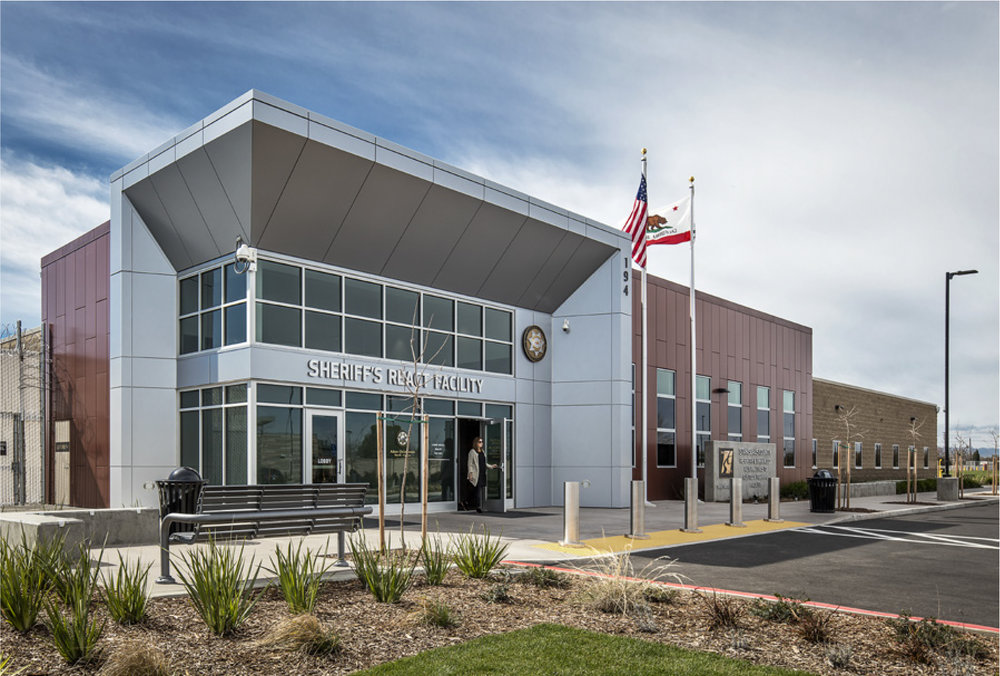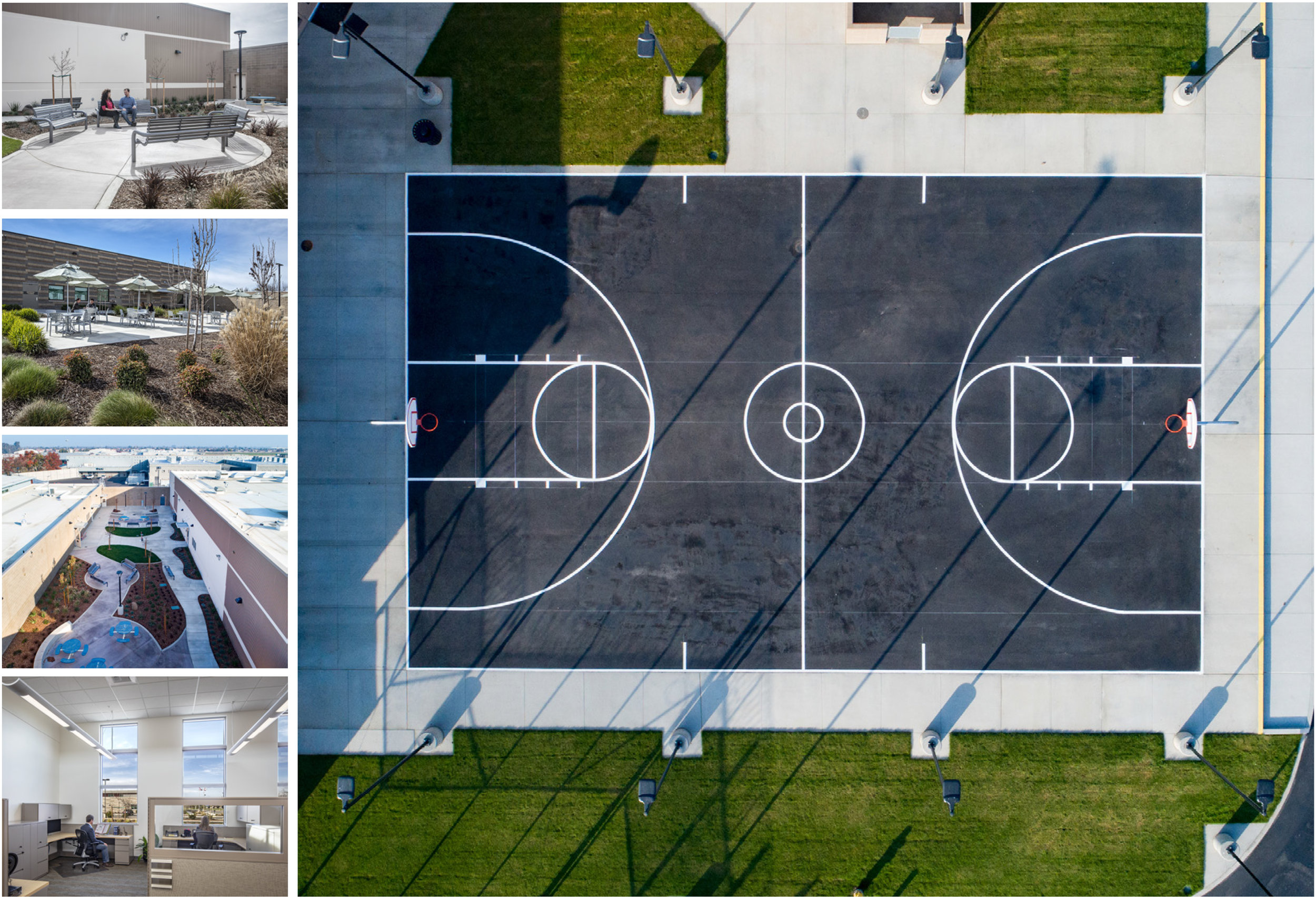The Receiving and Release component of the Public Safety Center (PSC) allows officers to determine security classification and medical experts to evaluate detainees for medical and mental health issues. this evaluation allows the detainee to be treated in the most appropriate manner.
SCREENING AND ASSESSMENT
This campus offers a continuum of care for the detainees. Beginning with booking and evaluation, the detained are evaluated for classification, medical, mental, and behavioral health issues. The screening process allows fair treatment for all ages, gender, and race, and ensures a safe environment for all occupants. The R & R area also provides a secure space for face-to-face visitation.
The PSC offers robust medical, mental, and behavioral health services centralized in the clinic space and distributed throughout.
INMATE POPULATION HAS CHANGED
It is older and with strong need of medical, mental, and behavioral health support.
TREATMENT & MONITORING
A detainee can be immediately taken to the clinic for non-urgent care when required. Special needs detainees are housed in a unit directly accessible to the clinic and have a high percentage of accessible spaces available. The clinic provides services not usually seen in a local jail, responding to the needs of the detainees, including specialists for dental, medical, mental and behavioral health issues.
The PSC offers many different types of detention spaces. The County has hard data showing that recidivism is reduced through programming and so they aggressively include program spaces either in or adjacent to the vast majority of housing spaces.
BREAKING THE CYCLE
Stanislaus County performed a 5-year study on recidivism and determined typical rate was 72%. Detainees who participated in County Programs: 38%
CONTROL & SECURE
When inmates are in a stable condition they are placed in an appropriate detention environment. All of which have program and medical/mental spaces immediately adjacent to the sleeping quarters. Many of the units have program spaces available in the dayroom. The design was reviewed by the Sheriff’s PREA compliance officer and provides a safe and secure environment for all ages, races, and genders.
This space is designed to be the desired destination for detainees. It has a more normalized environment, access to a variety of programs, outdoor areas, and a normalized space for family unification.
PREPARE FOR RE-ENTRY
The Re-Entry building has generous outdoor program spaces available. The campus encourages a normalized environment. The family unification room allows inmates to see their loved ones in a non-detention setting.
GOOD BEHAVIOR INCENTIVES:
The Day Reporting Center (DRC) works in conjunction with the Re-Entry Building to prepare the detainees for release.
RETURN TO THE COMMUNITY
RE-ENTRY AND ENHANCED ACTIVITIES TO CUSTODY TRAINING

Back in the community. The Day Reporting offers post-release support with many programs, parole and Behavioral Health specialists helping to offer support and keep the paroled as productive members’ of the community.
CONTINUED PROGRAMMING
Before and after release inmates have the ability to utilize the Day Reporting Center (DRC) which is operated by the Sheriff’s office, parole, and Behavioral Health specialists. The DRC offers education and work release programs for detainees while continuing to train, support, and monitor those released.

The County had an audacious goal and a limited budget. They prioritized expanding the campus enough to allow the shut down of the old 1955 Jail. Through effective VE exercises and a creative Design-Build procurement process, the County fulfilled its ultimate goal without compromising on quality or function—great projects on-time and under budget.


